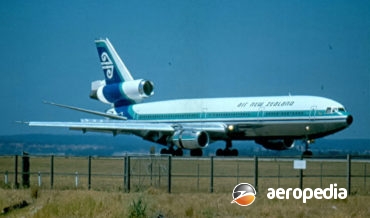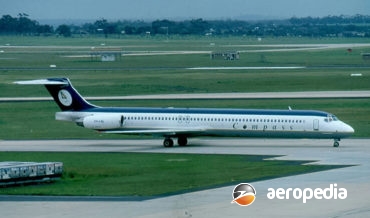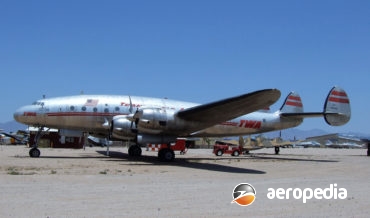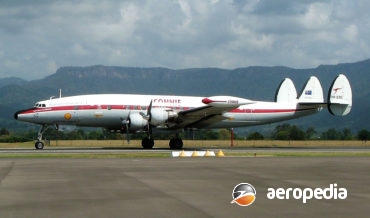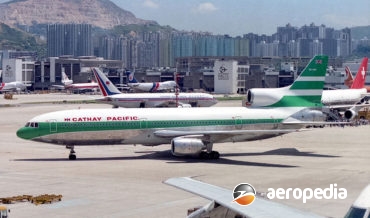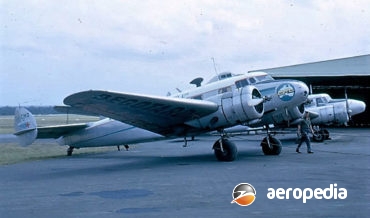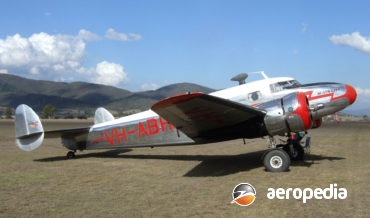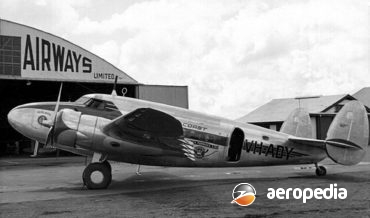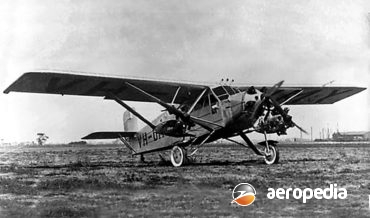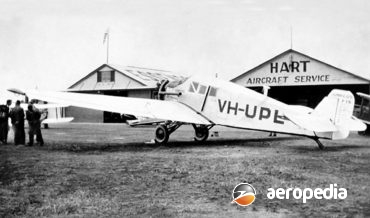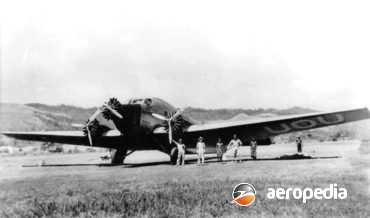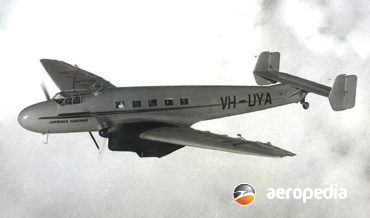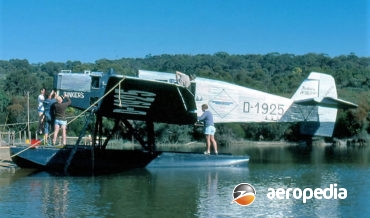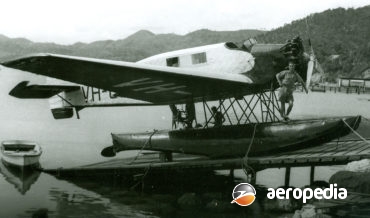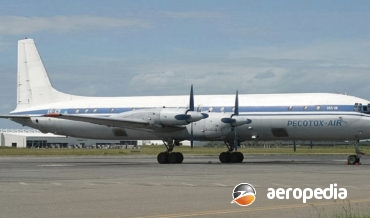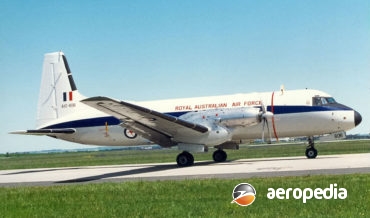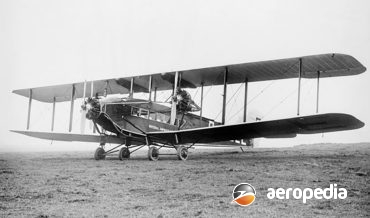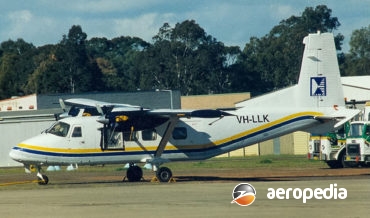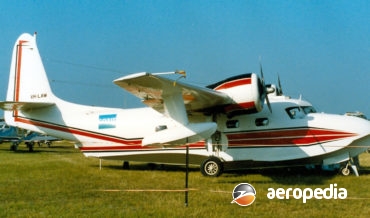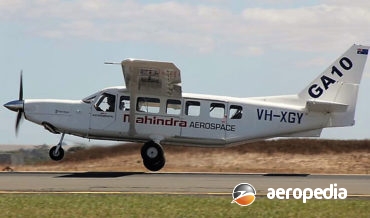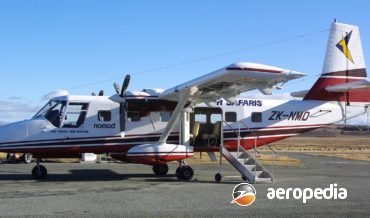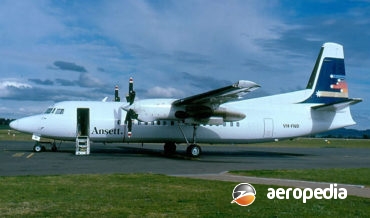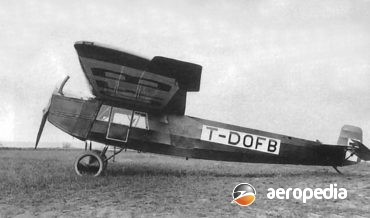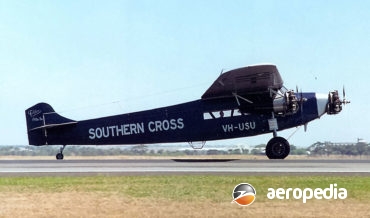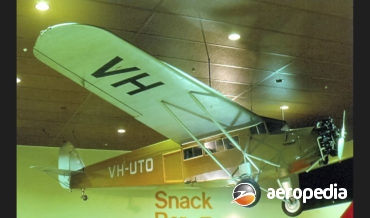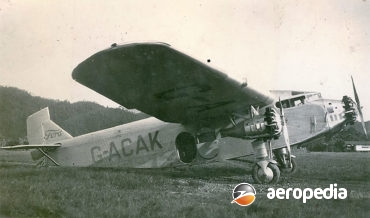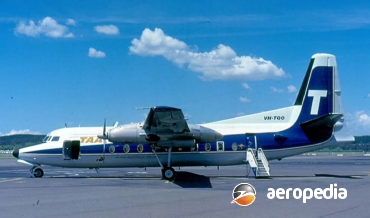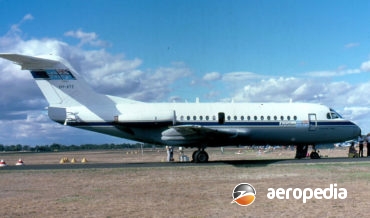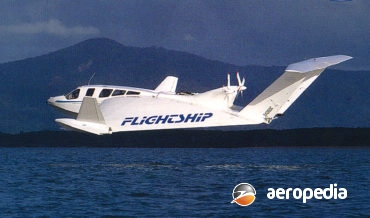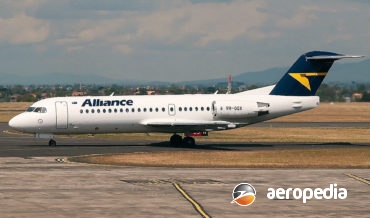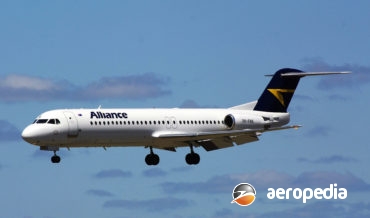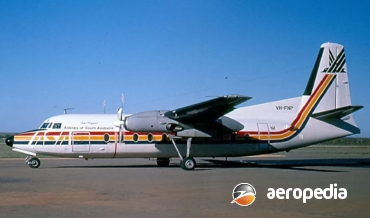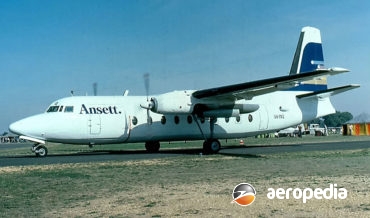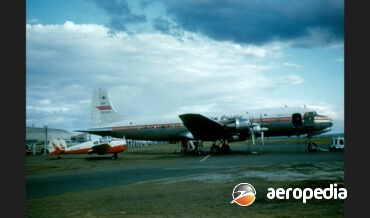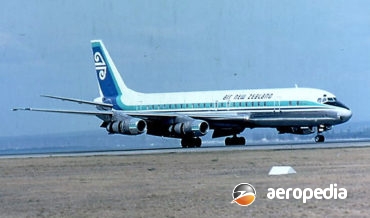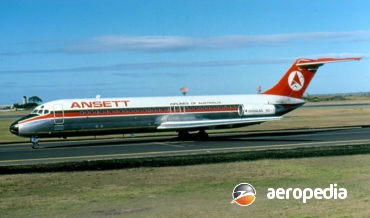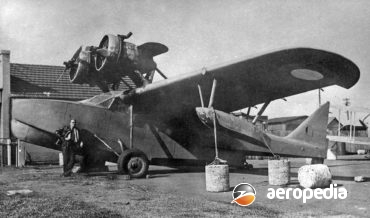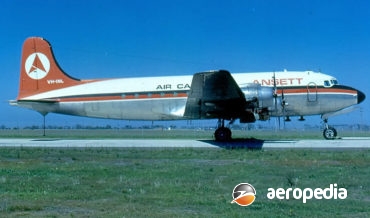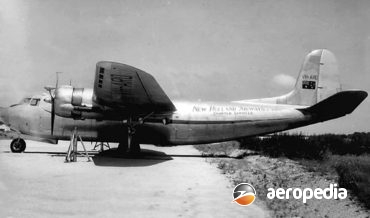All Contents
Contents
During World War II George Miles designed a light transport for military use, seeing a need for a light transport that could operate into short unprepared strips, particularly in theatres of war such as in Burma.
David C. Eyre
- May 8, 2019
The Douglas DC-10 series, or McDonnell Douglas DC-10 as it became known following the amalgamation of McDonnell with the Douglas Aircraft Company, was designed to meet a requirement of the US domestic airlines in 1966 for a large capacity medium-range aircraft.
David C. Eyre
- May 8, 2019
The McDonnell Douglas MD-80 series, or Douglas DC-9 Super 80 Series as it was originally known, was the outcome of a continuous process of evolution and development from the basic and very successful DC-9 series, being basically a stretch of the DC-9 with new engines and designed to be more
David C. Eyre
- May 8, 2019
The Lockheed Model 49 Constellation, known originally as the Excalibur 44, was developed into a variety of variants over a period of 20 years to the Starliner.
David C. Eyre
- May 8, 2019
In 1938 Lockheed commenced design of a four-engine airliner known as the Excalibur 44, leading in 1939 to an aircraft known as the Constellation, powered by Wright R-3350 engines.
David C. Eyre
- May 8, 2019
The Lockheed L-1011 Tristar (Model 193) was designed as a competitor for the Douglas DC-10, the manufacturer being approached by American Airlines to build an airliner smaller than the Boeing 747 but able to operate from its main bases at Dallas and New York to London and South America.
David C. Eyre
- May 8, 2019
Designed in 1934 as a ten/twelve seat commercial airliner for airlines in the United States, the Lockheed 10 became a very successful aircraft until the advent of the larger Douglas DC-3.
David C. Eyre
- May 8, 2019
In 1935 the Lockheed Aircraft Corporation decided to build a smaller version of its very successful Model 10 for feeder-line and business use.
David C. Eyre
- May 8, 2019
The L.14, or Super Electra as it was known, was introduced to the Worlds airlines in 1937 as a larger, more powerful version of, and replacement for, the Lockheed 10A Electra.
David C. Eyre
- May 8, 2019
The Lasconder was the second commercial aircraft designed and built by the Larkin Aircraft Supply Co Ltd (LASCo).
David C. Eyre
- May 8, 2019
The F.13 was a development of a series of light transports designed by Professor Hugo Junkers, they all being all-metal monoplanes with corrugated skinning to provide strength.
David C. Eyre
- May 8, 2019
The Junkers G.31 series of commercial transports was one of the success stories of the 1930s, and its operation in New Guinea in the freight role has gone down as one of the important annals in aviation history.
David C. Eyre
- May 8, 2019
In the 1930s the German aviation industry was attempting to develop a new aeronautical prestige on an international basis
David C. Eyre
- May 8, 2019
The W-33 was developed by Junkers concurrently with the W-34 series, both being virtually identical, and in the ultimate a development of the F-13.
David C. Eyre
- May 8, 2019
The W.34 series was developed concurrently with the W.33 by Junkers using virtually an identical basic design, and both were refinements of the F.13 and built as general purpose transports.
David C. Eyre
- May 8, 2019
In 1955 the Soviet Council of Ministers directed engine builders Kuznetsov and Ivchenko to develop new turboprop engines, and Ilyushin and Antonov to design an airliner to use these engines.
David C. Eyre
- May 8, 2019
Intended as a replacement for the Douglas DC-3, and a direct competitor to the Fokker Friendship for civil and military use, the HS-748 was designed by A V Roe and Co (later part of the Hawker Siddeley Group) as a 36-seat commercial airliner.
David C. Eyre
- May 8, 2019
The prototype of the Handley Page W series of commercial airliners (G-EAPJ – c/n W8-1) was first flown on 2 December 1919.
David C. Eyre
- May 8, 2019
The Harbin Y-12 was a development of the piston engined C-11 built in some numbers by the State Aircraft Factory of the Chinese People’s Republic at Shenyang.
David C. Eyre
- May 8, 2019
Designed as a versatile amphibious flying boat, the Mallard was sold in relatively small numbers, with only 59 examples being completed.
David C. Eyre
- May 8, 2019
A development of the successful GA-8 Airvan series by GippsAero at the Latrobe Regional Airport at Morwell, Victoria, the GA-10 is a new model produced by Gipps Aero (formerly Gippsland), as the company became known after the injection of money from India by Mahindra.
David C. Eyre
- May 8, 2019
In 2011 GippsAero, as it had become, announced that following an injection of funds by its parent company, Mahindra Aerospace, the development of the GAF N-24 Nomad commercial transport would proceed apace and to this end the company obtained from Air Safaris of Lake Tekapo, New Zealand, an N-24 ZK-NMC,
David C. Eyre
- May 8, 2019
The launch order by Ansett Airlines of Australia early in 1985 for ten examples with an option on a further five aircraft (later converted to an actual order) helped to ensure the initial sales success of the Fokker 50 twin-engine turboprop series of commercial airliners well into the 1990s, and
David C. Eyre
- May 8, 2019
In 1912 Anthony Fokker created Fokker Aeroplanbau GmbH in Germany, which three years later became Fokker Flugzeugwerke GmbH, and during World War I produced aircraft at its main factory at Gorries aerodrome near Schwerin, more than 3,000 being delivered
David C. Eyre
- May 8, 2019
Probably the most famous aircraft in Australia, the Fokker F-VII series was designed originally by A H G Fokker as a single-engine, high-wing, cantilever monoplane at a time when other airliners in the world were adaptations of World War I biplanes
David C. Eyre
- May 8, 2019
The Universal, built by the Fokker Aircraft Corporation and the Atlantic Aircraft Corporation, was the first Fokker type designed entirely in the USA
David C. Eyre
- May 8, 2019
The Trimotor was produced by what was then the largest automobile manufacturer in the world, the Ford Motor Company, some 198 examples being built by the Aviation Division in a variety of models between 1926 and 1933 when the Great Depression forced the closure of the Aviation Division
David C. Eyre
- May 8, 2019
During production the F-27 series continued to be developed to meet customer requirements
David C. Eyre
- May 8, 2019
In April 1962 the Fokker company announced its intention to develop a short-haul jet airliner to complement its successful Fokker Friendship
David C. Eyre
- May 8, 2019
During the Cold War US satellite surveillance detected large high-speed machines operating at low-level over the Caspian Sea
David C. Eyre
- May 8, 2019
The Fokker 70 project was launched in 1992 without a launch customer It had a lot of commonality with the F-100, the airframe, wing and systems being almost identical but the fuselage was 462 m (15 ft 1¾ in) shorter
David C. Eyre
- May 8, 2019
The prototype of the Fokker 100 (PK-MKH) flew for the first time on 30 November 1987 at Schiphol airport, Amsterdam, being designed “as a simple, low-cost, no-nonsense, affordable airliner”
David C. Eyre
- May 8, 2019
In the 1950s the famous Fokker organisation in the Netherlands commenced the design of a replacement for the Douglas DC-3
David C. Eyre
- May 8, 2019
Following the huge success of the Friendship series, Fokker moved to produce a number of variants to meet customer requirements
David C. Eyre
- May 8, 2019
The DC-6 series has been considered by many to be the finest piston-engined transport produced.
David C. Eyre
- May 8, 2019
In an attempt to maintain its competitive position as a supplier of transport aircraft to the world’s airlines, Douglas Aircraft Company commenced the design of a jet powered aircraft to replace the DC-7 series.
David C. Eyre
- May 8, 2019
In April 1963 the Douglas Aircraft Company proceeded with the design and development of a new airliner known as the Douglas Model 2086, at that time having no firm orders.
David C. Eyre
- May 8, 2019
The Dolphin was designed by the Douglas Aircraft Co to meet the requirements of civil operators for a twin-engine flying boat, and the prototype, initially known as the Sinbad, flew for the first time at Santa Monica Bay, California, in July 1930.
David C. Eyre
- May 8, 2019
In 1939 the Douglas Aircraft Company decided to design and build a new four-engine airliner with an un-pressurised fuselage, providing accommodation for 42 passengers, and a range which was sufficient to permit US transcontinental performance, powered by the Pratt & Whitney R-2000 radial engine.
David C. Eyre
- May 8, 2019
The DC-5 was designed by Ed Heineman (who later designed the A-4 Skyhawk) and built at the El Segundo Division of the Douglas Aircraft Co at Inglewood, California to meet airline requirements for a 16 – 22 seat twin-engine airliner.
David C. Eyre
- May 8, 2019
Recent Comments
Archives
Categories
- No categories
Categories
- No categories
Latest Posts
Newsletter


